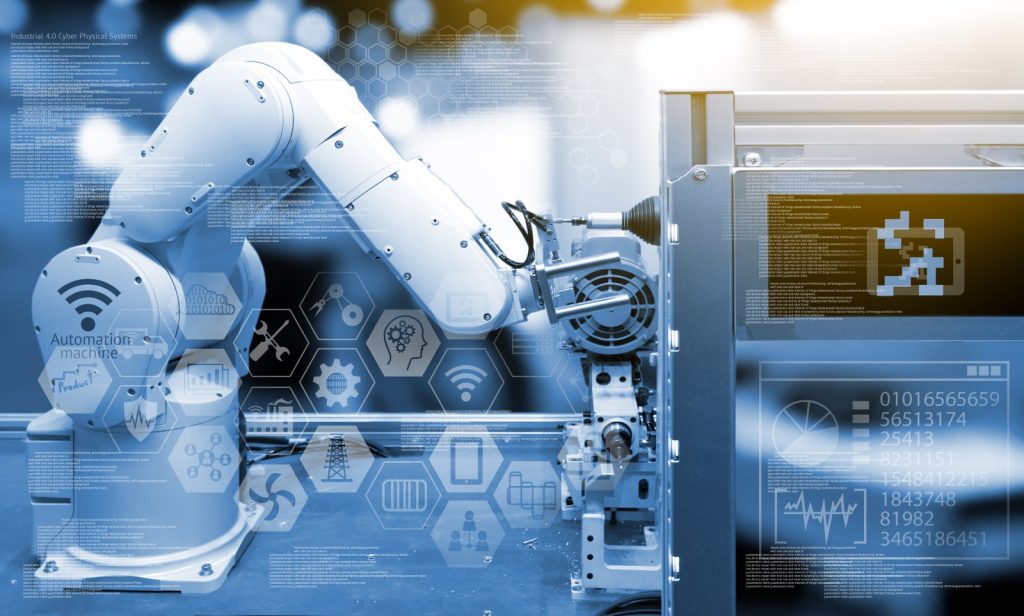After decades of development that arguably started in the late 1960’s when the first Programmable Logic Controller was invented, and continued to evolve into Machine-to-Machine communications as Ethernet became available, the Industrial IoT has grown into the way we will build, manage and optimize nearly every factory, grid, and community.
With the continued proliferation of the Internet, major advances in sensors, actuators, gateways and applications, and countless “proof of concepts” going into full production mode, innovation in technology has now met economic and societal gains – and those gains are profound.
With billions now invested, and early risk takers reaping rewards, interest in participating in the upside is present among all the participants in the Industry 4.0 ecosystem: inventors, developers, ecosystem partners, consortiums, open source communities, standards bodies, governments (including regulators), software and security companies, connectivity providers, enterprises who are the ultimate beneficiaries, and of course those wishing to put capital to work in this high growth market.
IIoT has not been without its challenges, including security breaches on vulnerable control systems, lack of a common framework in an IIoT “stack” causing innovation to slow and even come to a stop, data integration and data integrity barriers, lack of skilled workers, technical debt based on expensive legacy systems with lifespans of twenty to thirty years, and social and political concerns.
Many companies have made money in the transition, by retrofitting “brownfield” manufacturing plants, electrical grids, deep sea oil rigs, and more. Because companies cannot simply rip and replace expensive equipment or reconfigure product lines that often run 24 by 7, they’ve often learned about the ROI by instrumenting that equipment to find a way to automate the collection and harmonization of valuable operating data, revealing productivity gaps and leading to overall performance which more than pays for early initiatives.
Today, industrial leaders get it, and are starting to build new factories, smart communities, microgrids, and more from the ground up, and this is great news for those who see the massive opportunities in a responsibly connected future.
Until recently, the core driver for most Industrial Internet of Things deployments has been operational efficiency and cost optimization. Today, however, by instrumenting products, manufacturers are creating new value – more competitive offerings – and top line revenue generation given that the equipment they sell, for example, can be bundled with recurring revenue managed services.
In other words, when the owner of manufacturing facility benefits from efficiencies associated with adding sensors to the products they are making (to track progress on a production line, for example) figures out that the same sensor can be connected through a cloud application to a maintenance application that alerts the customer when a new filter is required – the lights go on.
Speaking of lights, smart lighting alone in industrial environments have been proven to save enough on electricity costs in a matter of months to pay for a retrofit using LED lights adjusted automatically.
It is this kind of creativity and connected thinking that will define the future of the IIoT, and this is one reason I believe in the venture studio model going forward. We can innovate faster, commercialize more quickly, can take advantage of natural business networks and ecosystems, and deliver quality opportunities for investors who appreciate the value of bringing experienced company builders together with the next generation of innovators – connecting the dots in advance with a direct line of sight to successful development and scalable growth.
Creating an environment where digital supply chains flourish is possible, when we continue the adventure with the benefit of venture capital, but in smarter, more enlightened ways. I look forward to continuing this conversation and invite you to engage with our venture studio team and imagine and implement the future of IIoT together.
It’s a big and fragmented market, with one analyst firm calling the addressable market $123 billion by 2021. It’s big because it will affect all markets. It’s fragmented because it will affect all markets. Rocket Wagon Venture Studios will deliver real value because we are committed to “barbecuing the elephant one piece at a time” as we focus each Studio on only one Vertical Market.


